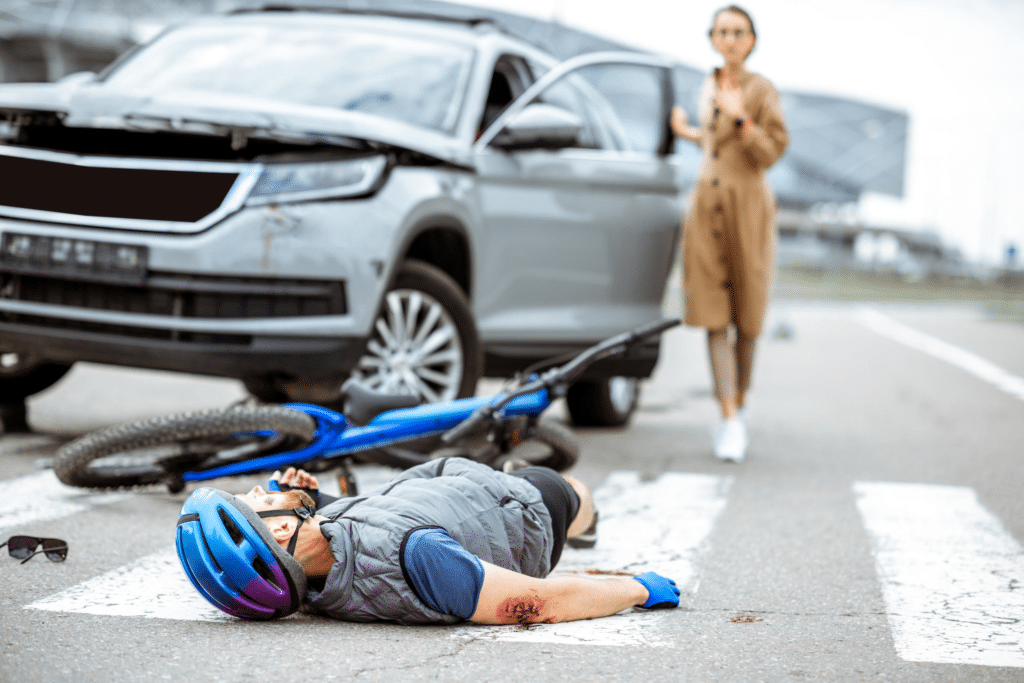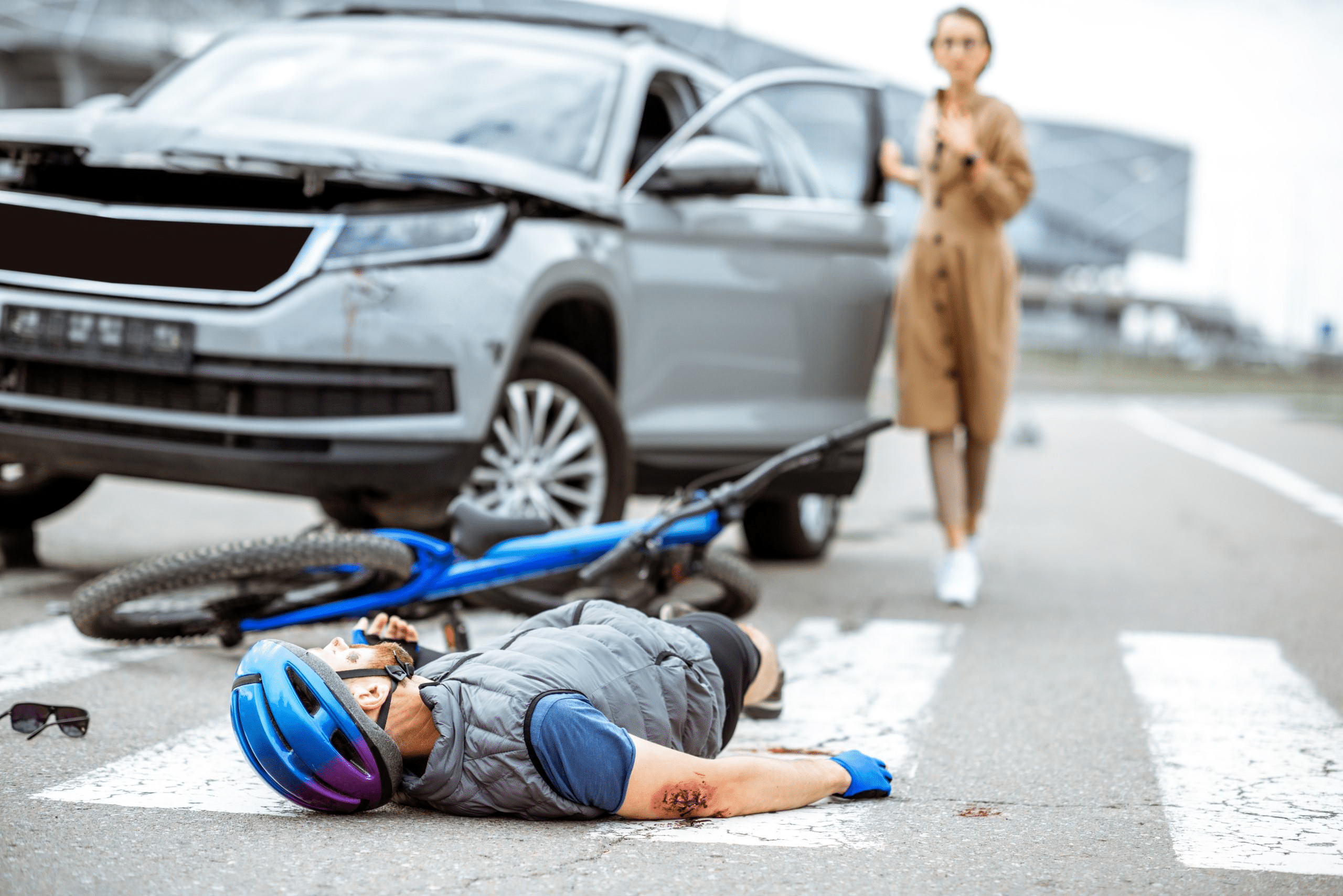
As anxiety over the coronavirus takes hold, many people are turning to cycling as a safer option for exercise and transportation. Yet for all of cycling’s advantages, the activity comes with its own risks. Road conditions in America aren’t always favorable for cyclists, and accidents unfortunately happen all the time.
There is good and bad news when it comes to accident statistics. The good: Driver and passenger fatalities have reached all-time lows. The bad: Cyclist fatalities are the highest they’ve been in decades, with 857 bicycle fatalities recorded in 2018 alone.
Reasons for the Rise
Experts have considered possible causes for the increase in bicycle fatalities, including population growth, a rise in amateur cyclists, and higher speed limits. Distracted driving certainly plays a role. Another surprising contributor? The composition of vehicles on the road.
In 1982, SUVs made up less than two percent of vehicle sales. However, the popularity of SUVs has soared over the last decade, with light trucks accounting for 70 percent of new vehicle sales today. Although these practical vehicles may be great for handling dirt and snow, they pose a serious threat to vulnerable pedestrians, bicyclists, and motorcyclists.
For example, according to a review of studies published by Traffic Injury Prevention, SUVs and trucks are at least 50 percent more likely to kill vulnerable road users, including pedestrians and cyclists. Some researchers suspect the problem may be rooted in the vehicles’ height and shape. While smaller cars tend to throw cyclists over their hoods in an accident, SUVs’ square front ends are prone to pushing a rider to the ground, increasing the risk of fatality.
SUVs and trucks also have larger blind spots, which makes seeing pedestrians and cyclists more difficult for motorists. In 2014, Consumer Report testing revealed that rear blind spots on SUVs and trucks can be twice as large as those on cars.
Technology Is a Double-Edged Sword
Collision avoidance systems, blind-spot monitors, backup cameras, and other safety features are intended to make cars, well, safer. However, they can also create a false sense of security and lead drivers to feel more comfortable engaging in unsafe practices—like texting behind the wheel.
Keep in mind that bicyclists can fall victim to tech distractions, too. In a recent study of Boston bicyclists, researchers found that nearly a third of the riders they observed were listening to headphones or earbuds, using a cell phone, or handling another object. The researchers noted that distracted riders have a limited ability to sense danger and other road users, which may be a contributing factor in many accidents.
5 Tips for Safe Cycling
After taking accident statistics into account, cycling may not seem like such a safe alternative after all. But don’t be too quick to list your bike on Craigslist. Cycling’s benefits far outweigh the risks, and riders can avoid serious injuries by following some crucial safety guidelines.
Here are some tips for staying safe on your next ride:
- Wear a helmet: A helmet can make the difference between life and death in an accident. Make sure you wear yours each time you go out.
- Follow the rules of the road: Bicyclists are required to abide by the same rules and responsibilities as motorists. Obey all street signs, signals, and road markings, just as you would while driving.
- Ride responsibly: According to the National Highway Traffic Safety Administration, 37 percent of fatal bicyclist accidents in 2017 involved alcohol. Practice sober cycling to protect the safety of yourself and others.
- Be focused and stay alert: Keep your eyes, ears, and mind on the road and the traffic around you. Ride defensively by anticipating what others will do before they do it.
- Drive predictably: Trying to think and act like a responsible driver can help bicyclists avoid crashes. Signal when you’re turning, use bike lanes when available, and be careful not to run red lights or stop signs.
